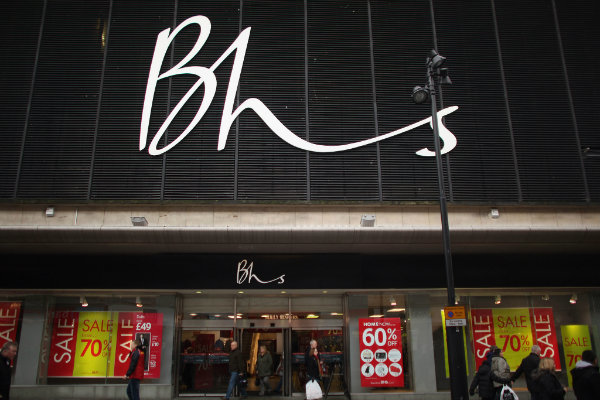MSCI, a leading provider of investment decision support tools worldwide, announced today that UK shopping centre property investments provided total returns of 14.0% in 2014 – more than double the previous year‘s performance.
The latest MSCI/Colliers International UK Shopping Centre Investment Report shows that £6.09bn of assets changed hands in the sector during 2014, as both domestic and overseas investors targeted the sector.
The UK shopping centre investment in 2014 was £6.09bn – a 43% year-on year increase. The sector provided an average total return of 14%, more than double the 2013 performance which indicates encouraging signs of rental growth in the sector. For the owners of many secondary assets, now may be the time to sell and take profits
James Findlater, Head of Shopping Centre Investment at Colliers International, comments: “The dramatic resurgence in the UK shopping centre investment market which started in 2013, accelerated in 2014 and brought with it new levels of activity, competition and sharpening yields. The common denominator among all buyers was that they were anticipating further recovery in the macro-economy leading to consumer spending growth and the strengthening story of retail.”
The research analyses a sample of 227 shopping centre assets valued at just under £14bn.
Colm Lauder, Senior Associate at MSCI added: “Following a year of modest recovery in 2013, shopping centres in regional markets strengthened across the board in 2014 and overtook both outer London and the South East in terms of total return. Shopping centres in the West Midlands and North West led performance, both returning 15.1% year-on-year while Scottish centres produced the weakest regional return of 10.5% year-on-year.
For the UK shopping centre investment sector, the most significant feature of last year was the news that the retail recovery was more than just a London story.”
The improving economic environment and increased consumer spending is encouraging retailer expansion which is leading to pockets of rental growth.
Following six years of rental deterioration in the shopping centre sector, the research data showed a modest return to rental growth of 0.1% in 2014.
Findlater continues: “Prime, regionally dominant centres or those which can offer a unique shopping experience still lead the pack in terms of progressive values and rental growth. For many non-prime assets, the outlook is less certain. Accordingly, for the owners of many secondary centres, now may be the time to take advantage of this bull market and realise profits by selling.”















